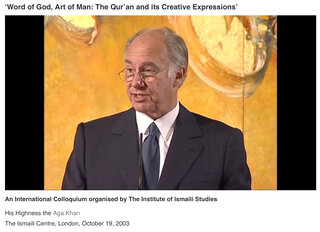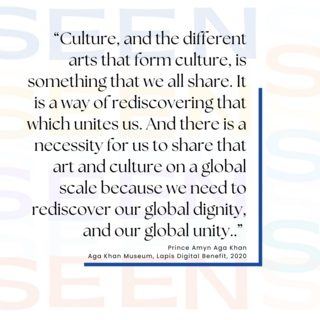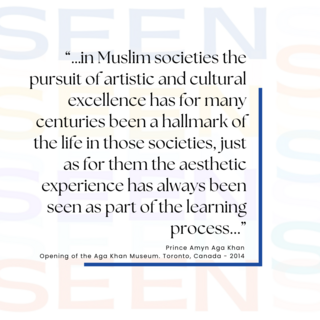
ARTIST BIO
Zaheed Damani and Azmina Dhalla-Shivji started exploring original children's literature together, after being inspired by Azmina’s two children. They co-founded “AtoZ Stories” as a home for their original work, and as a vehicle for rich mixed-media storytelling and innovative collaboration. They are constantly looking for new ways to convey ideas that pique curiosity, exemplify shared human values, and create excitement among readers through their sharing.
Zaheed and Azmina wrote the story and worked with Claire Lin for the development of stunning detailed visual depictions for the story. They worked with artists across Canada to create a short film and read-along story complete with voice acting from Calgary, Alberta (Azmina and her 5-year-old daughter Inara), animation from Vancouver, B.C. (Nani Moco studios), and an original background score from Toronto, Ontario (Andrei Basirov) to create a cohesive, immersive read-along experience.
In modern children’s education and children’s literature in particular – central tools for the development of literacy, numeracy, language, cultural expression, and identity – it is important that readers can see themselves represented in the stories they explore.
Contributors:
Claire Lin is the California-based illustrator for “How Can I Tell My Mawla I Love Him.”
Shawn Harper and Mark Garnes are both visual artists with extensive professional experience including for Disney and Netflix. They are the founders of Vancouver-based Nani Moco Animation Studios, and animated Claire’s illustrations.
Andrei Basirov is a London, UK and Toronto-based composer and music producer. He composed the original background music score, which contains both contemporary and traditional elements related to the characters and settings of the story.
ARTWORK DESCRIPTION
Short Film
The artists’ short film is an animation of their first children’s book “How Can I Tell My Mawla I Love Him”.
The story takes place during a normal day in the life of a protagonist, a young and curious Muslim girl named Inara - inspired by one of the authors’ daughters. The world of the character Inara is replete with authentic allusions to the real-life Inara. She wonders how she might express love for her Mawla - similar to the age-old question of how to commune with the divine. Mawla is a widely known and used term of endearment and reverence within the Muslim community, across many countries and sects, that means lord, or beloved.
Connecting to Inara’s “values and ideals”, this story allows her to seek her response within the context of her lived faith (Islam as a way of life) and through expressions of kindness, generosity, and forgiveness, which allow her to appreciate that she can “commune with the divine” or show her affection through her words, and most importantly, through her actions. A central aim for the creative team was that any young contemporary Muslim reader from around the world could see themselves within Inara and elements of her day-to-day life, behaviour, and surroundings.
The animation and art draw inspiration from international sources ranging from Japanese to Central Asian, Persian to Indian, as well as African. The piece is a commentary and response to the evolution of expressions of pluralism, faith and devotion in secular contexts within contemporary media. Visual (and accessible) media is an important part of Early Childhood Development which inspired the use of diverse symbols, animation, voice acting, and music. The team worked together to create a cohesive world within which colours, symbols, architecture, language, depictions, and sounds felt natural to the characters being depicted and the richness of their identities, and through these mediums, paying homage to the authors’ identities and lived experiences.
The initial aim of the project was to culminate in the production of physical books to be shared with simply family and friends. The SEEN exhibition, however, inspired the authors’ to seek a broader collaboration and to create a piece that would represent their identities, values, and faith, and be able to share it with a diverse audience. This story is an attempt to remind parents (and agree with children!) to reflect and recognize that the practice of faith is not limited to prayers, any single practice or form. Their sense of faith and expression out of curiosity or love is just as necessary and important as moments of remembrance and reflection.




